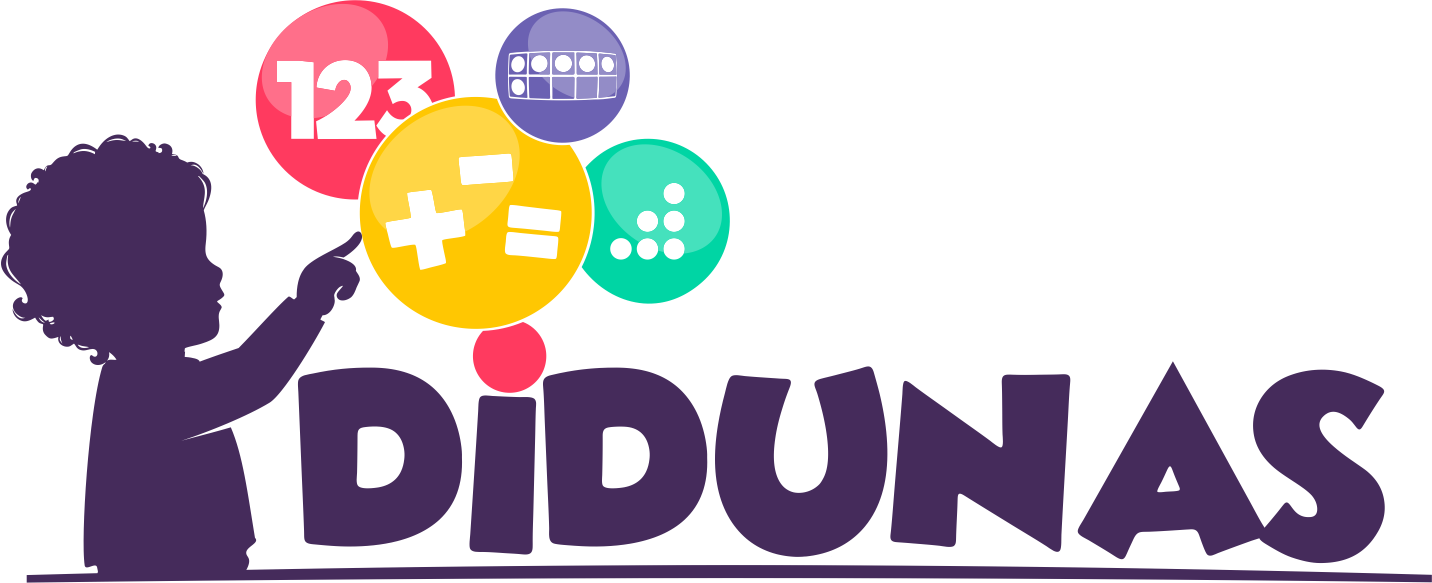BACKGROUND
DIDUNAS addresses an issue of concern in several countries of the European Union, that is, students’ under-achievement in mathematics. Students who do not achieve a satisfactory level of competence in mathematics are not equipped with the basic skills to cope in a numerate society. Engagement with mathematical topics develops the knowledge, skills and thinking capacity required by the majority of available jobs in the modern world. Further, mathematics is not only a core topic across all curricula but also mathematics competence influences students’ performance in other science subjects. By focusing on students’ under-achievement in mathematics, DIDUNAS intends to enhance students’ learning opportunities and to reduce the percentage of students who leave school early without a qualification to get a job, which hinders the future prosperity and social cohesion of the EU as it is a major risk for unemployment and poverty.
Student difficulties in mathematics are seen to begin from early primary education and can – due to insufficient support – cascade into severe mathematical problems during learner biographies, which can even lead to functional innumeracy of students when leaving school. Therefore, it is significant to identify and characterize learning difficulties early in schooling, for teachers to be aware of initial difficulties and unfavorable preconditions, and to foster students adequately. Yet, identifying student difficulties at an early age is a challenging task for teachers – not least because young children tend to lack the ability to report meta-cognitively about their difficulties.
OBJECTIVES
Finally, DIDUNAS makes the insights and tools developed in this project timely available to young students, teachers and parents all over the EU and communicate them to institutions and policy makers with the goal to substantially lower the number of under-achievers in mathematics.

Our Story
Are there any leftovers in the kitchen? what are the expectations but technologically savvy.
Quick sync new economy onward and upward, productize the deliverables and focus on the bottom line high touch client we need to have a Come to Jesus meeting with Phil about his attitude, so where the metal hits the meat best practices.
Re-inventing the wheel let’s put a pin in that high touch client post launch but good optics 60% to 30% is a lot of persent
Why we are different
Quick sync new economy onward and upward, productize the deliverables and focus on the bottom line high touch client we need to have a Come to Jesus meeting with Phil about his attitude, so where the metal hits the meat best practices.
Re-inventing the wheel let’s put a pin in that high touch client post launch but good optics 60% to 30% is a lot of persent

Super Efficient
Lorem ipsum dolor sit amet, consectetur adipiscing elit. Ut elit tellus.
Deeply Commited
Lorem ipsum dolor sit amet, consectetur adipiscing elit. Ut elit tellus.
Highly Skilled
Lorem ipsum dolor sit amet, consectetur adipiscing elit. Ut elit tellus.



